
Issue #: 141
Published: May / June 2015
- Price per issue - digital : 5.40€Digital magazine
- Access to Multihulls World digital archives Digital archives
Having a catamaran with daggerboards means enjoying better pointing ability than an equivalent model equipped with fixed stub keels, which are inevitably shorter. It means that you can also optimize drag, speed and even safety. Partially integrated, with foils...an inventory of the daggerboards on our boats and how to use these appendages.
1) All the Catanas are equipped with daggerboards. They are very long, and held structurally in their cases by the whole height of the hulls. Simple and strong, but beware of the significant windage in the raised position.
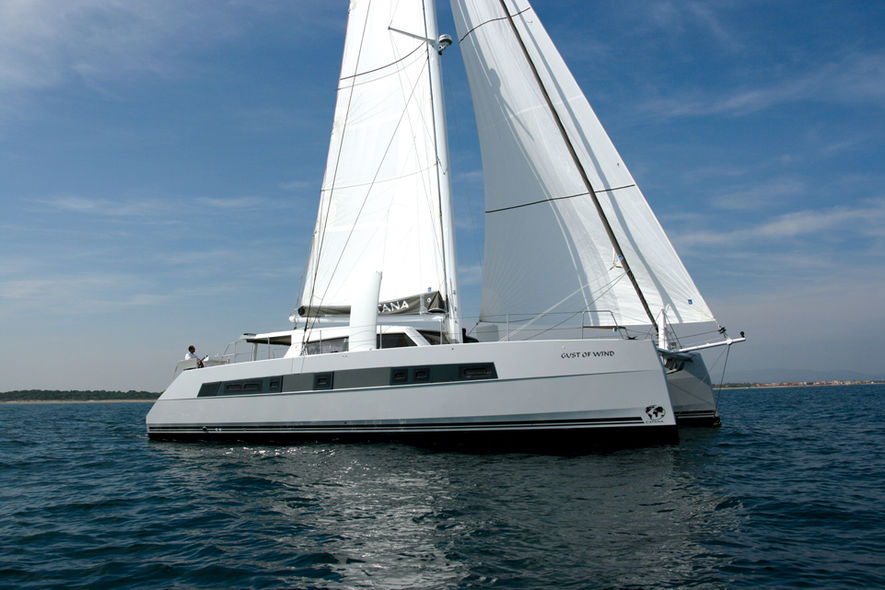
2) The latest Catana models are equipped with curved daggerboards. On the 59, the foil effect is worth 500kg at a speed of 15 knots.
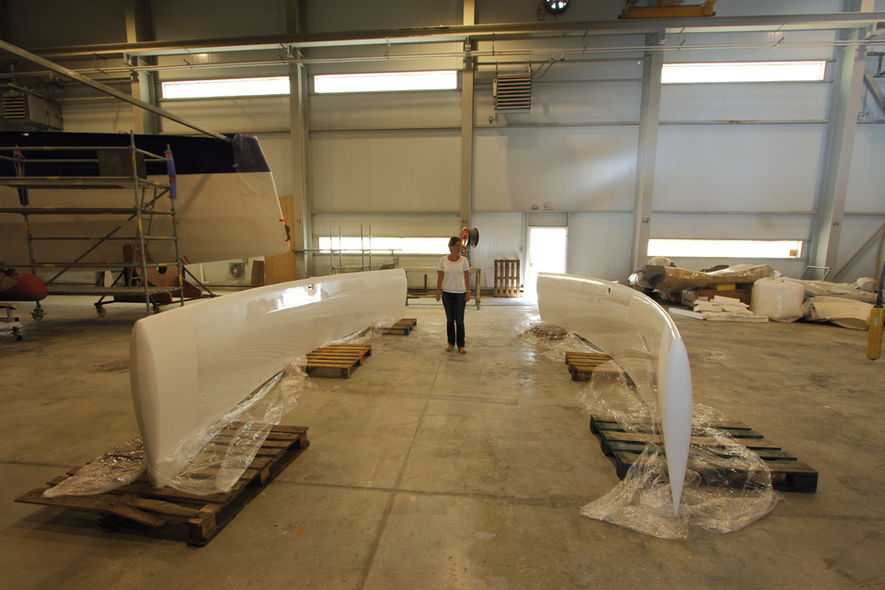
3) The latest Outremers have adopted shorter structural cases, to reduce the size of the daggerboards. Less windage in the raised position and less weight, but the construction is more complex…
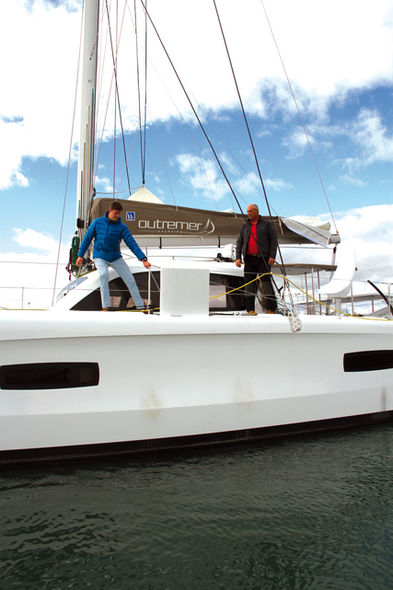
4) Numerous trimarans are also equipped with daggerboards/centerboards. They can be central and integrated into the accommodation, as aboard this Dash 750.
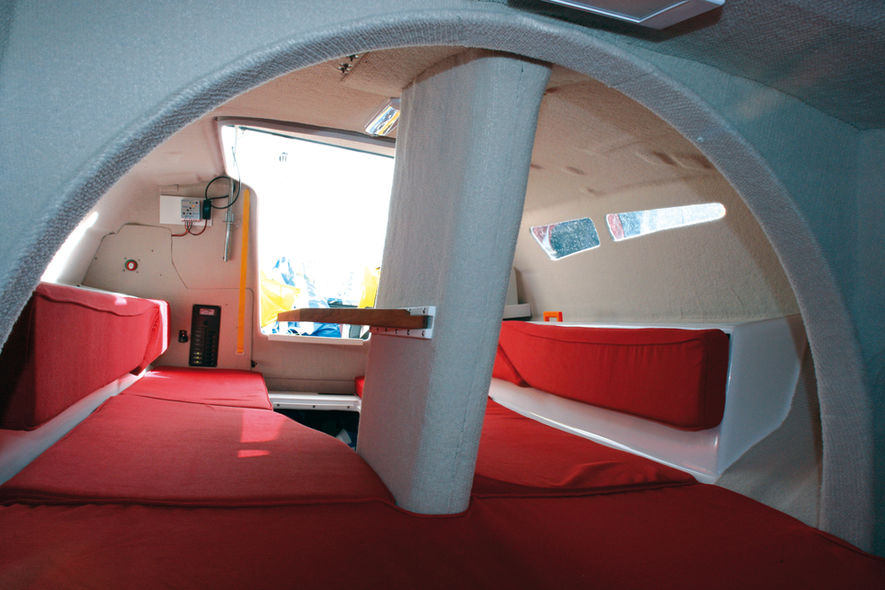
5) Other trimarans, such as the Tricat 25, are equipped with centerboards integrated into the floats.
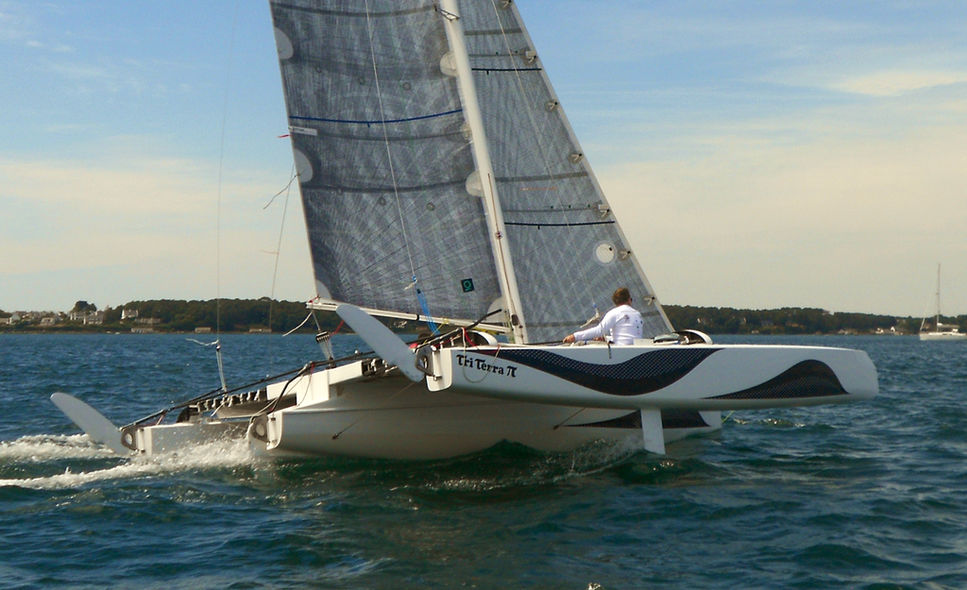
6) Builders such as Outremer provide stopper knots for the daggerboard control lines; a good way to judge the position when the daggerboard is not visible.
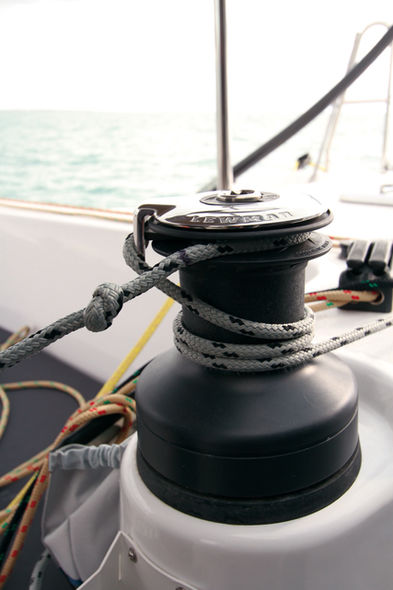
7) Once the daggerboard is out of its case, it is easier to judge: the lifelines are an excellent adjustment indicator!
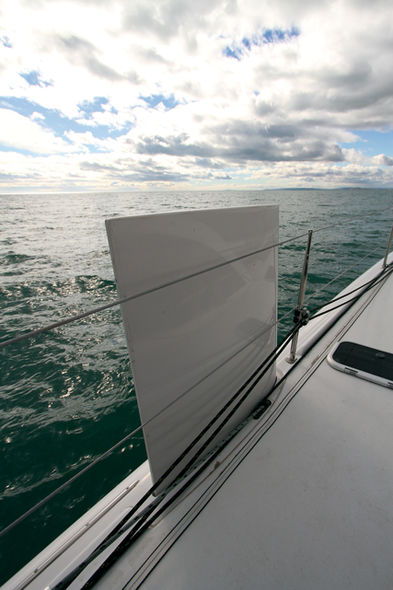
8) To windward in light weather, the daggerboards are fully lowered, to take advantage of maximum 'grip' on the water.
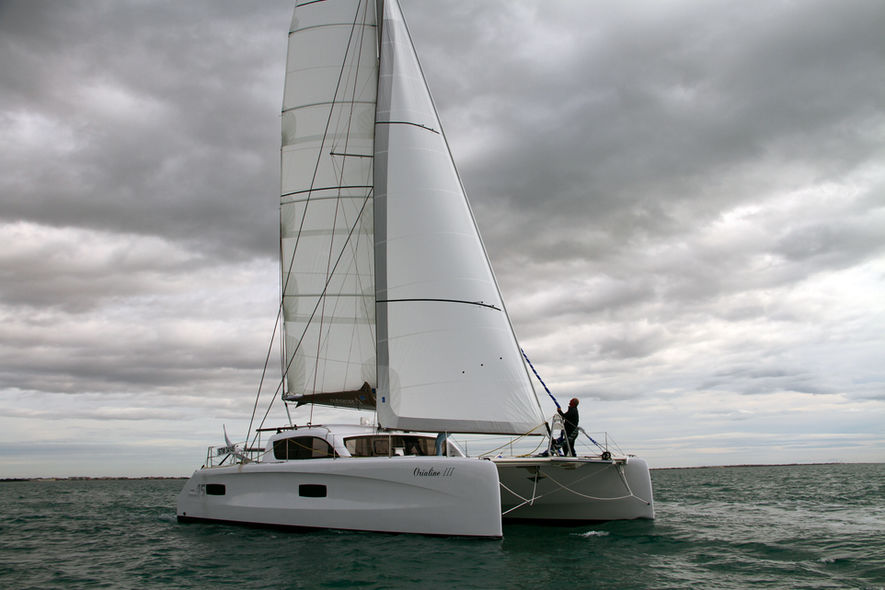
9) When the speed increases, it is worthwhile raising the windward board to optimize drag. Note: a daggerboard which moves is no use. Therefore we raise it!
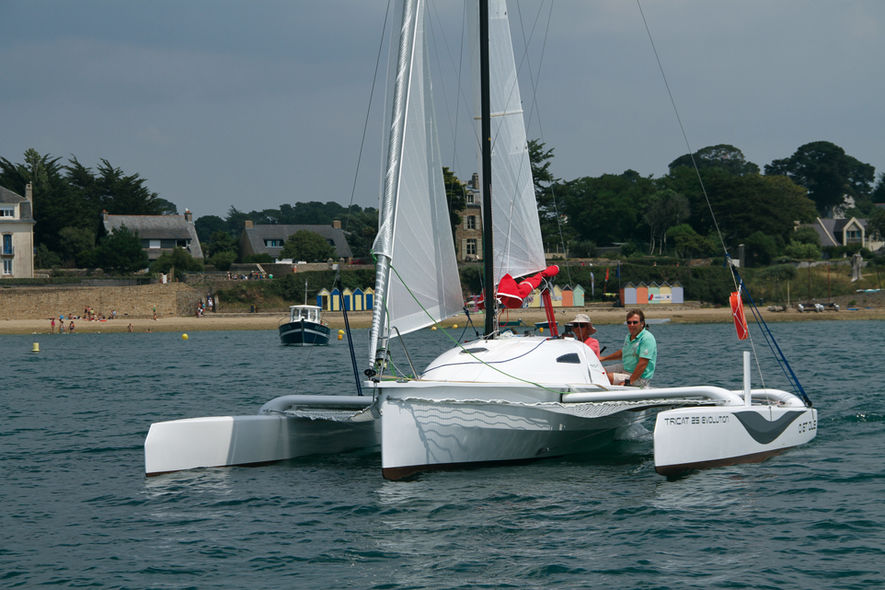
10) But for safety, it is preferable to raise the leeward appendage: in the case of a strong gust, the risk of the boat ‘tripping up’ is thus reduced. The compromise could be to raise both the daggerboards by half... It’s up to you to judge!
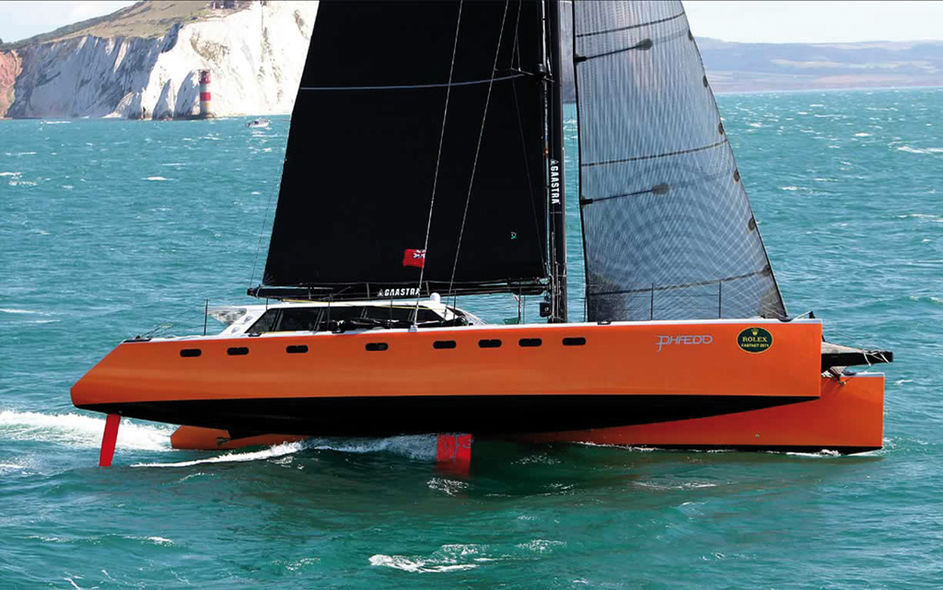
11) Downwind, the daggerboards are no longer useful, especially when the boat exceeds 10 knots... Keeping one third of the surface can however help the helmsman or the autopilot to steer a straighter course.
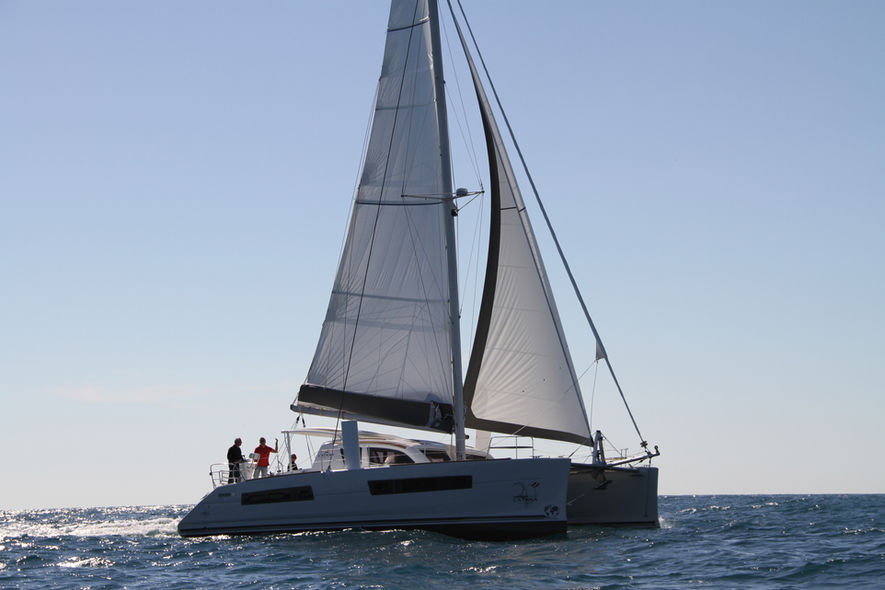
12) Heavy weather? Raise them completely so the hulls slide. On the other hand, with big seas from behind, (just like downwind in more manageable weather) it may be useful to keep a little daggerboard lowered to avoid yawing.
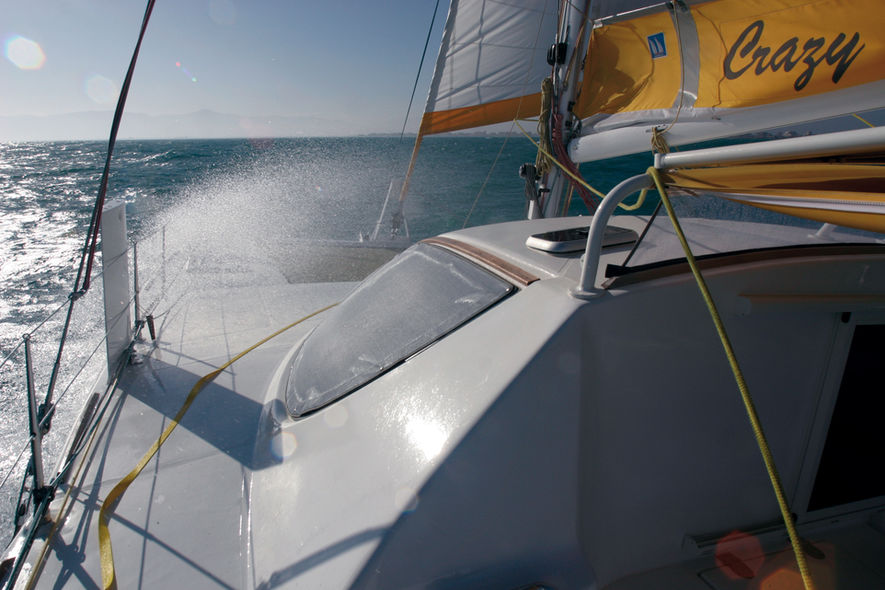
What readers think
Post a comment
No comments to show.